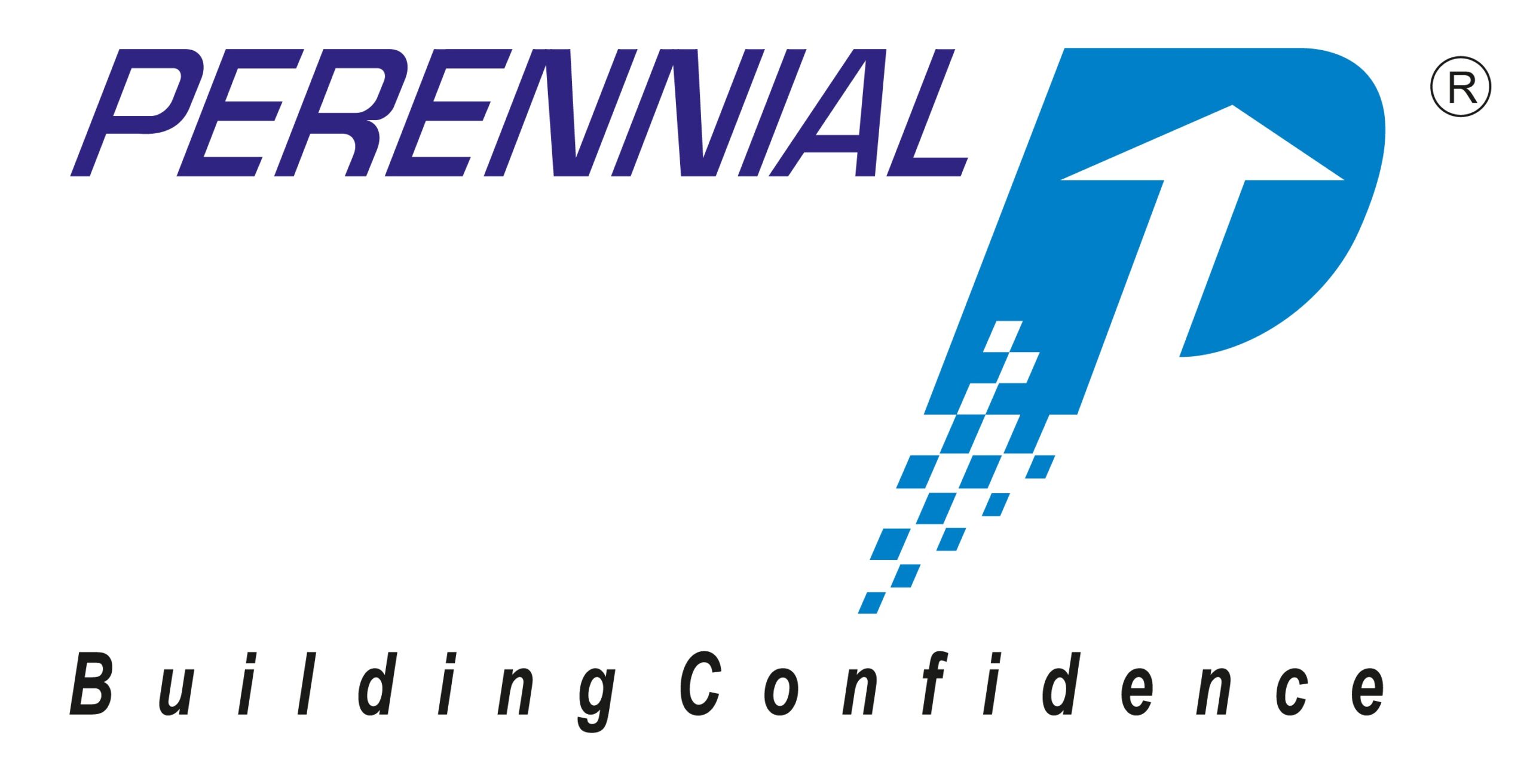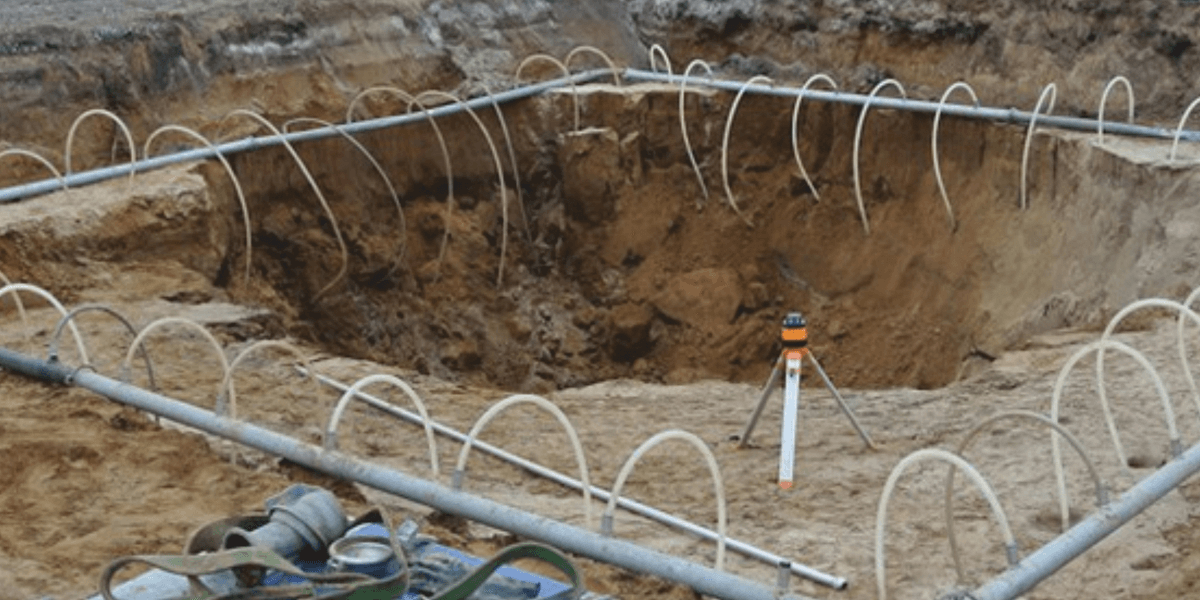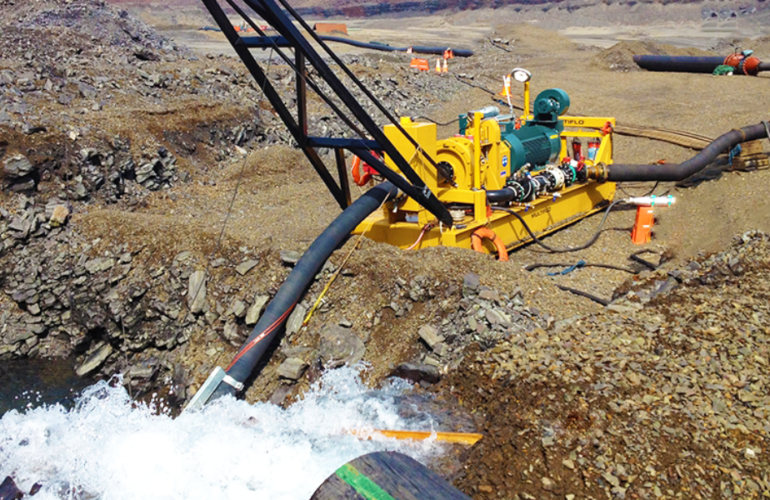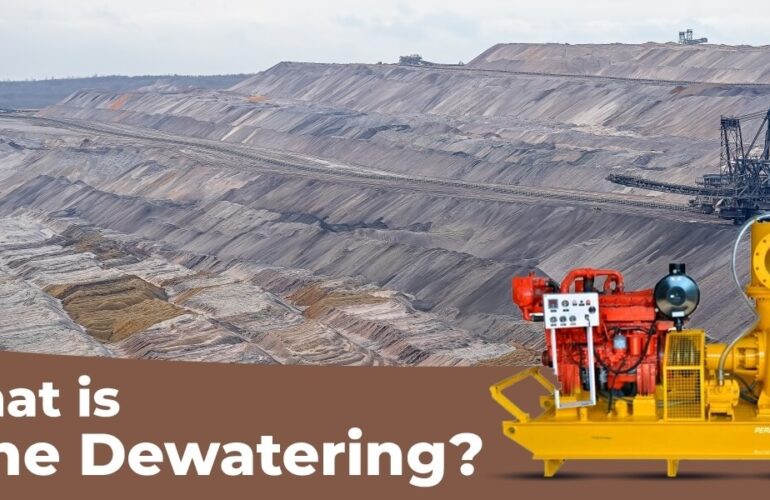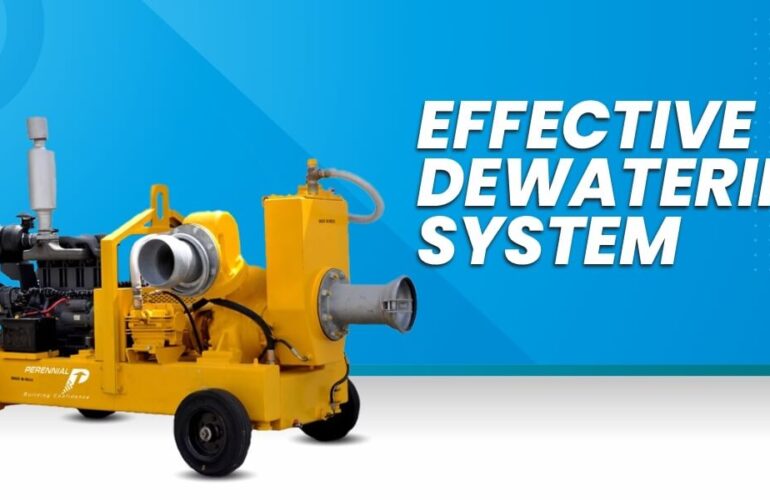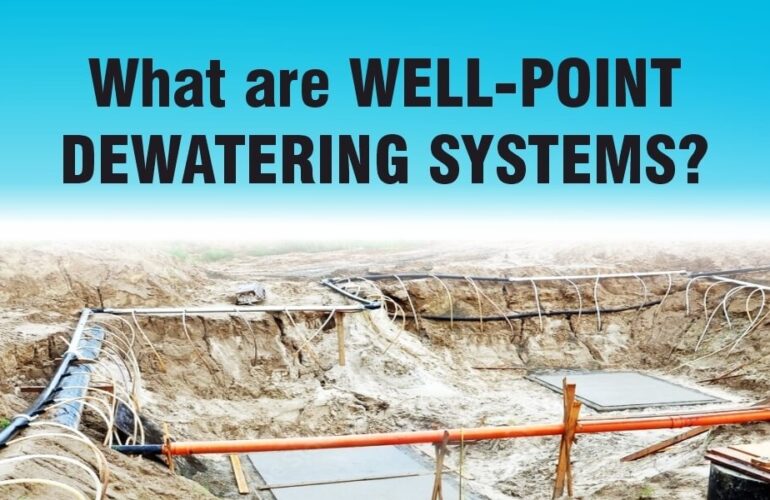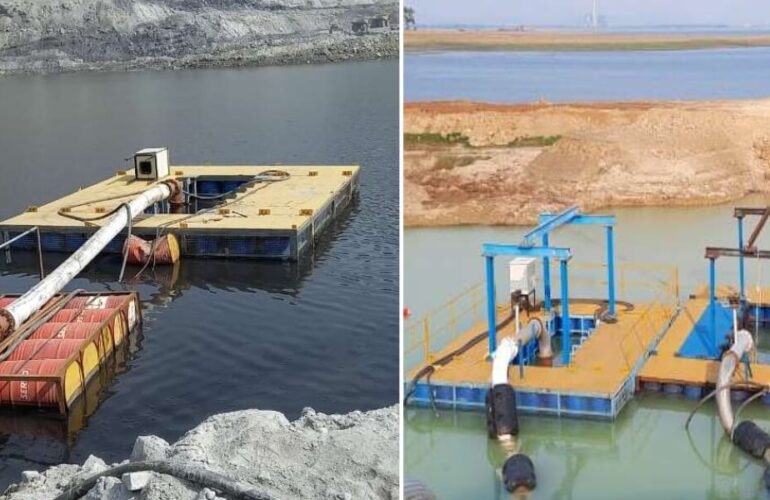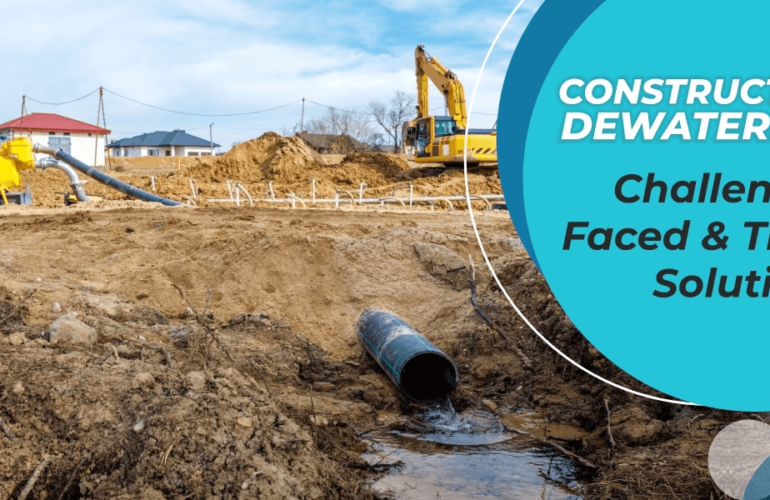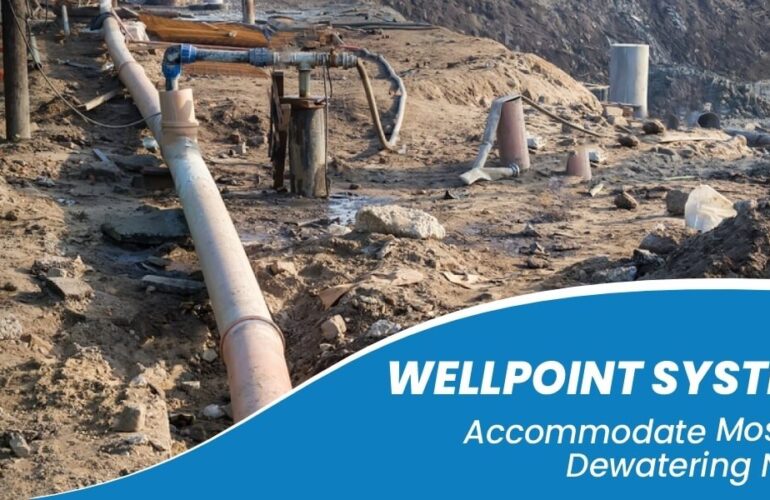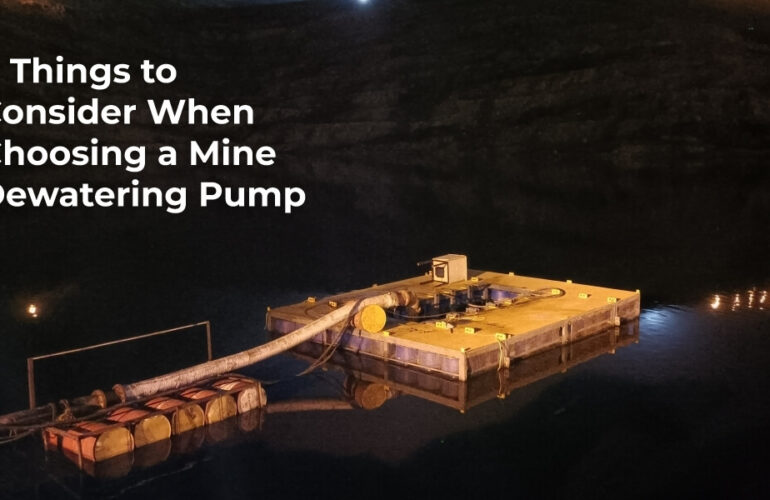What is Dewatering?
The term ‘Dewatering’ describes the removal of groundwater or surface water from a particular site, for example, a construction site. To lower the groundwater levels temporarily and to allow excavation in dry and stable conditions below the natural groundwater level, the water is pumped from wells or sumps in a construction site.
There are a wide variety of pumps that are used for it:- self-priming pumps, submersible pumps, borehole pumps, etc., but the selection of pump always depends on the requirement and the job condition.
Why Choose the Right Dewatering Methods?
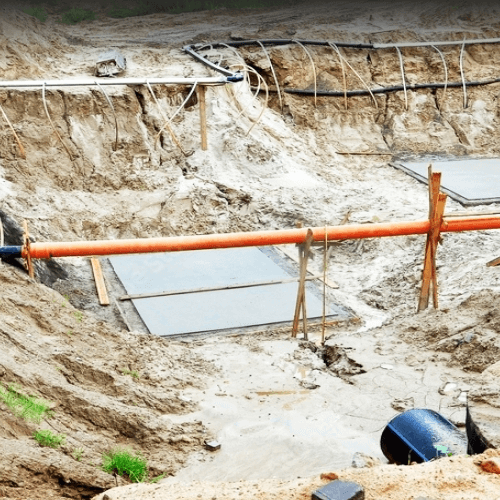
The presence of undesired and unwanted water in a construction site or any other site can lead to many problems such as increased costs, safety risks, and delays to your project. Therefore, it is important to perform dewatering. Removing water from your construction site or any other site is very much essential, it can be either groundwater or surface rainwater from a recent storm in a deep excavation.
Dewatering helps to firm the soil, minimizes equipment damage, reduces slip hazards, and eliminates the release of toxic materials into the surrounding environment.
Types of Dewatering Methods
There are many methods that are used to control groundwater levels during an excavation. Thus, selecting the right dewatering method for the site or the project you are working on is the most critical and important step.
Each site has its own unique set of ground conditions, and therefore it must be assessed carefully.
When choosing a dewatering method, it is important to attempt to reduce any impact on groundwater resources.
There are four main dewatering methods used in most of the projects’ sites that require excavation.
These 4 techniques are:-
1) Well Point Dewatering Systems – A flexible, easy-to-install, and cost-effective dewatering solution is the Well Points Dewatering System. These systems consist of a series of a number of shallow wells drilled around the construction site, and these wells contain pumps. These small-diameter wells are further connected to a header pipe and this header pipe is connected to a central vacuum pump. Then, via the header pipe, the vacuum pump extracts and removes water from all of the wells in the system. Thus, the Well-Point Dewatering System is an extremely efficient and effective water removal system.
These types of systems are ideally suitable for construction foundations, shallow trenches, and utility excavations. Additional well points are required to be installed at deeper levels if the excavation deepens beyond 15 feet. One can not tell the exact depth of the wells in a Well-point dewatering system, as it depends largely on the type of soil, the groundwater control level, and the distance between wells.
Thus, the well-point dewatering system is highly practical, effective, efficient, and suitable for most soil types and hydrological conditions. For deeper excavations deep well-point systems are more suitable.
2) Sump Pumping – The most cost-effective and least complex dewatering method is the Sump Pumping method of dewatering. It is a perfect and most suitable method for removing water in shallow excavations and shallow trenches that contain high levels of sand or gravel.
A sump is defined as a hole lower than the surrounding area where water is allowed to collect. The pump activates once the water reaches a certain height, and then the water is pumped out of it, away from the site.
To remove surface water and shallow groundwater, this method proves to be the most effective method. This method is not ideal for digging foundations or other excavations where soil stability is a concern, because in this method water collects on the surface and is then directed to the hole, lower than the surrounding area, and there is no active water removal from the surrounding soil.
Typical uses of these sump pumps are to keep basements and other low-lying areas free of standing water.
3) Educator Well Systems – Educator Well Systems prove to be the best for excavations in soil with low permeability, such as silty sand, silt, clay, etc. These systems are also known as ejector systems. These are specifically designed and engineered to stabilize and maintain pore pressure and lower groundwater levels in deep excavations. These systems operate on the Venturi principle, where high-pressure water circulates through wells as deep as 50 feet. The speed and flow of the water create a vacuum through wells. This pressure of vacuum pulls groundwater through the riser pipe and out of the surrounding soil.
To stabilize the side slopes and soil in an excavation area, these systems are most commonly used. Using this method of educator well systems, one can lower the water table by more than 100 feet from the top of the excavation area. For easier and more efficient dewatering operations, one can operate more than one pump in a single station.
4) Deep Well Systems – Deep Well Point Dewatering Systems are used for deeper excavations. Particularly, these systems prove to be useful, when there is a large volume of groundwater to remove. Thus, this method consists of boring much deeper and more widely spaced wells, where each well contains an electric submersible pump that is used to lower the groundwater level below the excavation level.
Deep Well-Point Systems ensure safe and stable conditions in deeper excavations. Sand and gravel have a moderate to high level of permeability, and thus in such soil and rocks these systems are used. There is enough wide spacing between each well of deep well systems, and thus it allows for easy access during each stage of the excavation process.
How to Choose the Right Dewatering Method?
The deep well dewatering system and well point dewatering system do not require any detailed analysis or design before implementing it in a site because it does not bring huge pressure fluctuation underground. Thus, here, conventional dewatering systems can be used.
But it is advised to have a detailed design prepared by the engineer to perform the dewatering if there is unusual pressure relief.
However, the major factors that affect the choice of the dewatering system are mentioned below:-
- The Type of Excavation of the Project
- The Geological conditions and the soil conditions
- Reliability Requirements of the Project
- The Depth to which the groundwater is lowered onsite
- Required Rate of Pumping
- The Intermittent Pumping Procedure
- Adjacent structures and wells that are affected by groundwater lowering
- Dewatering compared with other procedures
Conclusion
Each of the four methods has its own advantages when particular applications are considered. Well-point systems are for shallow excavations or shallow trenches in any soil, while deep well-point systems are ideal for projects that must drill below the ground in deep excavations, in porous rock or soil. Educator well systems provide unique assistance for deep excavations in poor-draining silt and clay. Sump pump systems are the least complex options of all and those are perfect for passive drainage of surface and shallow groundwater.
To find the perfect dewatering method for your site, you must find out the site conditions at your project site, the type of soil, and all the points mentioned above.
You must first understand the uses and benefits of each dewatering method so that you can find the perfect dewatering system for your needs!!
At Perennial Technologies, we provide well-point dewatering systems and dewatering pumps for rent along with generators, load banks rental, gensets on rent, etc. as per customer requirement.
